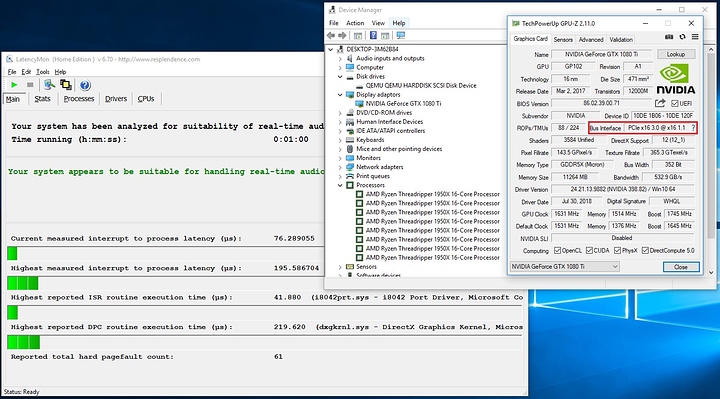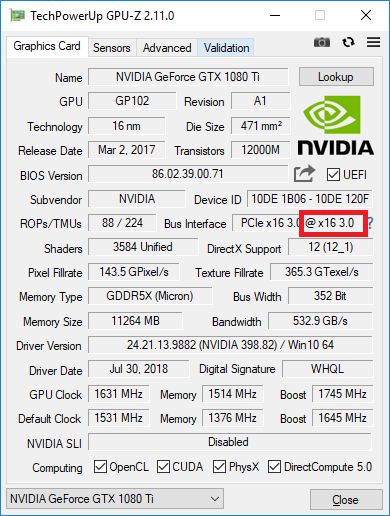this way
https://www.redhat.com/archives/vfio-users/2016-January/msg00301.html
heres what I added. Note that multifunction and getting function id right (0 for gfx 1 for audio) seems to be important, still testing.
Controller section (I used bus id 8, you should use whatver makes sense for your system)
<controller type='pci' index='8' model='pcie-root-port'>
<model name='ioh3420'/>
<target chassis='1' port='0x1'/>
<address type='pci' domain='0x0000' bus='0x00' slot='0x1c' function='0x0' multifunction='on'/>
</controller>
and
<hostdev mode='subsystem' type='pci' managed='yes'>
<source>
<address domain='0x0000' bus='0x0b' slot='0x00' function='0x0'/>
</source>
<address type='pci' domain='0x0000' bus='0x08' slot='0x00' function='0x0' multifunction='on'/>
</hostdev>
<hostdev mode='subsystem' type='pci' managed='yes'>
<source>
<address domain='0x0000' bus='0x0b' slot='0x00' function='0x1'/>
</source>
<address type='pci' domain='0x0000' bus='0x08' slot='0x00' function='0x1'/>
</hostdev>
still testing, so I might edit this more.


 I’ll try your config changes just to see if that fixes it though…
I’ll try your config changes just to see if that fixes it though…